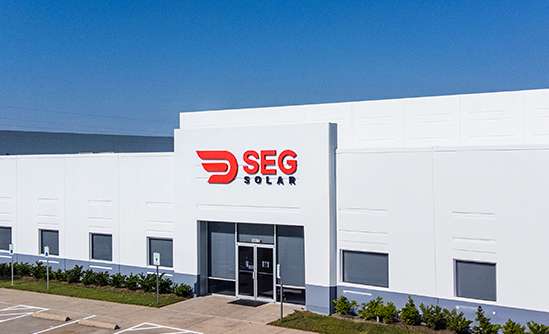SEG's Houston factory helps manufacturer grow its U.S. market share
SEG Solar CEO Jim Wood says automation and access to growing markets are the company’s strategy for profitably producing PV modules in the U.S.
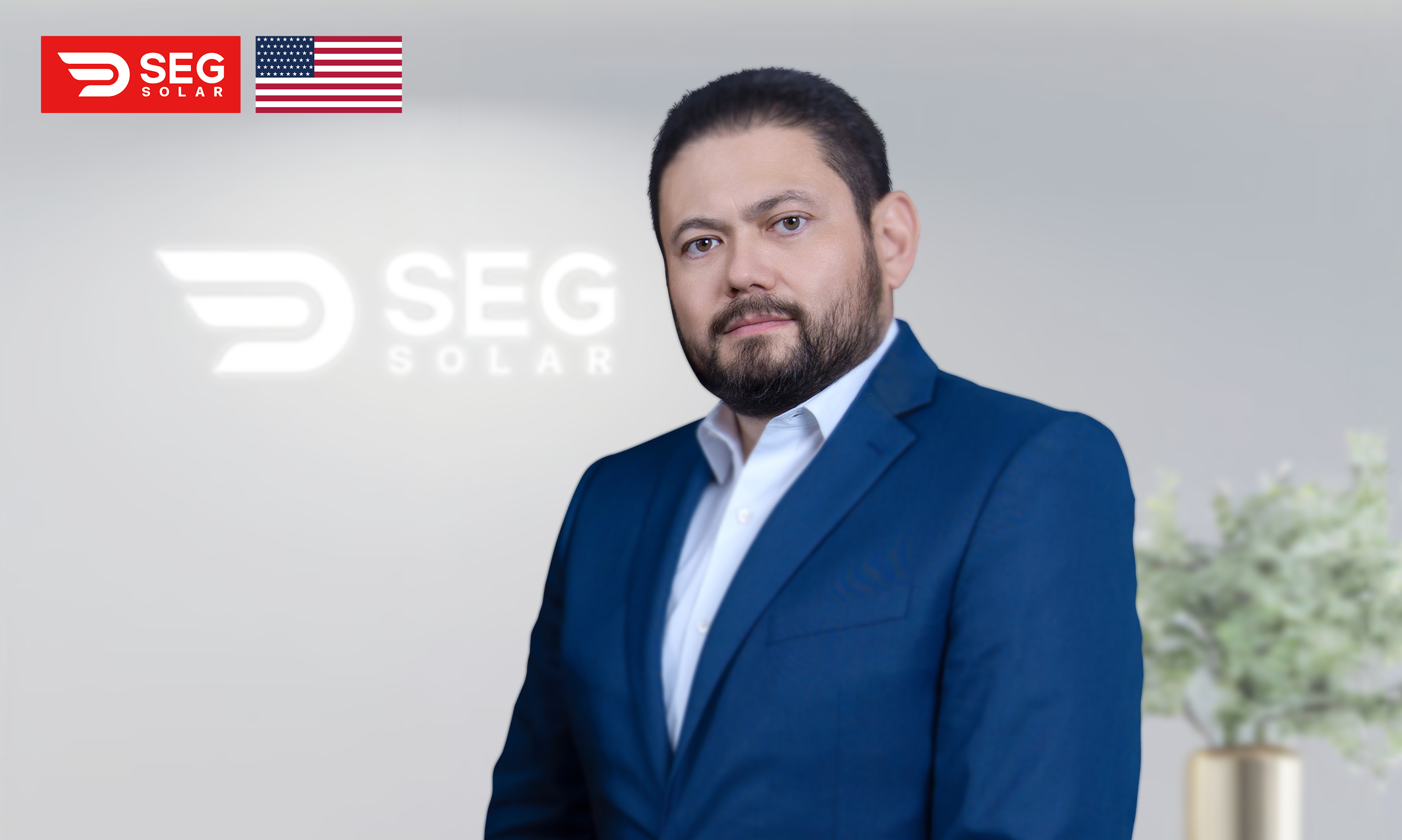
Can you talk about the origin of founding a solar manufacturing company in the U.S.?
Wood: I've been in the solar industry now for a little over 20 years. I came from investment banking before that and got into the solar industry, where I cut my teeth on the installation side. Eventually I went to work for various large Chinese solar manufacturers on the marketing and ultimately sales side.
During my previous experience, I met others who were doing sales and marketing in North America for different Chinese module manufacturers and helping them get to tier-one status. And we thought, hey, it'd be really neat to do it for ourselves. It would be great to do something here in the U.S. But how do we do this and be competitive?
I and the other folks here at what eventually became SEG Solar looked at a lot of the lessons that we've learned working at other manufacturers. With this experience, we were able to set up a PV manufacturing operation in Southeast Asia and have it operational in three months. Of course, the U.S. is different with its more stringent permitting and regulations. But with a factory in existence, we were able to generate revenue and enable a supply chain to produce solar cells in Indonesia as the first step of developing a manufacturing operation in the U.S. In order to make the manufacturing operation competitive, we decided we were going to lean heavily into automation.
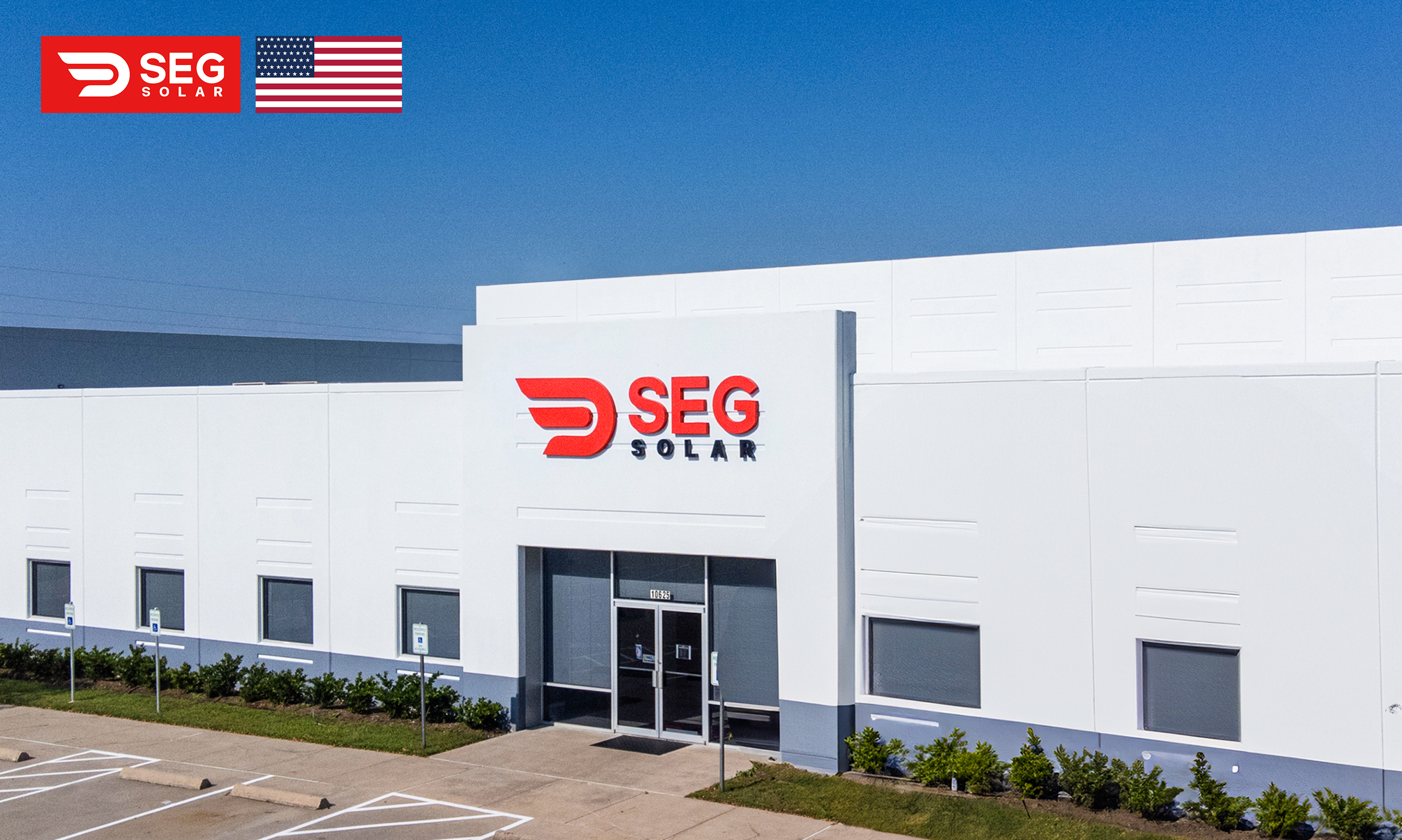
How is your approach to automation at your Houston factory different from what I might see overseas?
Wood: A lot of PV manufacturers talk about being fully automated, but they still have hands on the product and a lot more people on the lines. You can really run the line in our Houston facility here with a dozen experienced operators without human hands touching the product from start to finish. So, it’s very different. If you were to go to Southeast Asia, even today, those junction boxes are attached by hand. A lot of those things are still done by hand. We pulled all of those manual steps out and automated them. By increasing automation, we are also increasing the rate of production, improving the consistency of our product, and reducing the potential for errors.
In addition, these are the largest machines in the world. Those stringers are 1.3 times faster than any other stringers in the world. So, because we’re fully automated, because the capacity of those lines is larger, because the machines run faster, we’re able to be as competitive or more competitive here as we would be in Southeast Asia. Our solar cells are manufactured in Indonesia now. But by 2027, we want to be able to manufacture them here in the U.S. We want to bring the whole component supply chain here to the U.S.
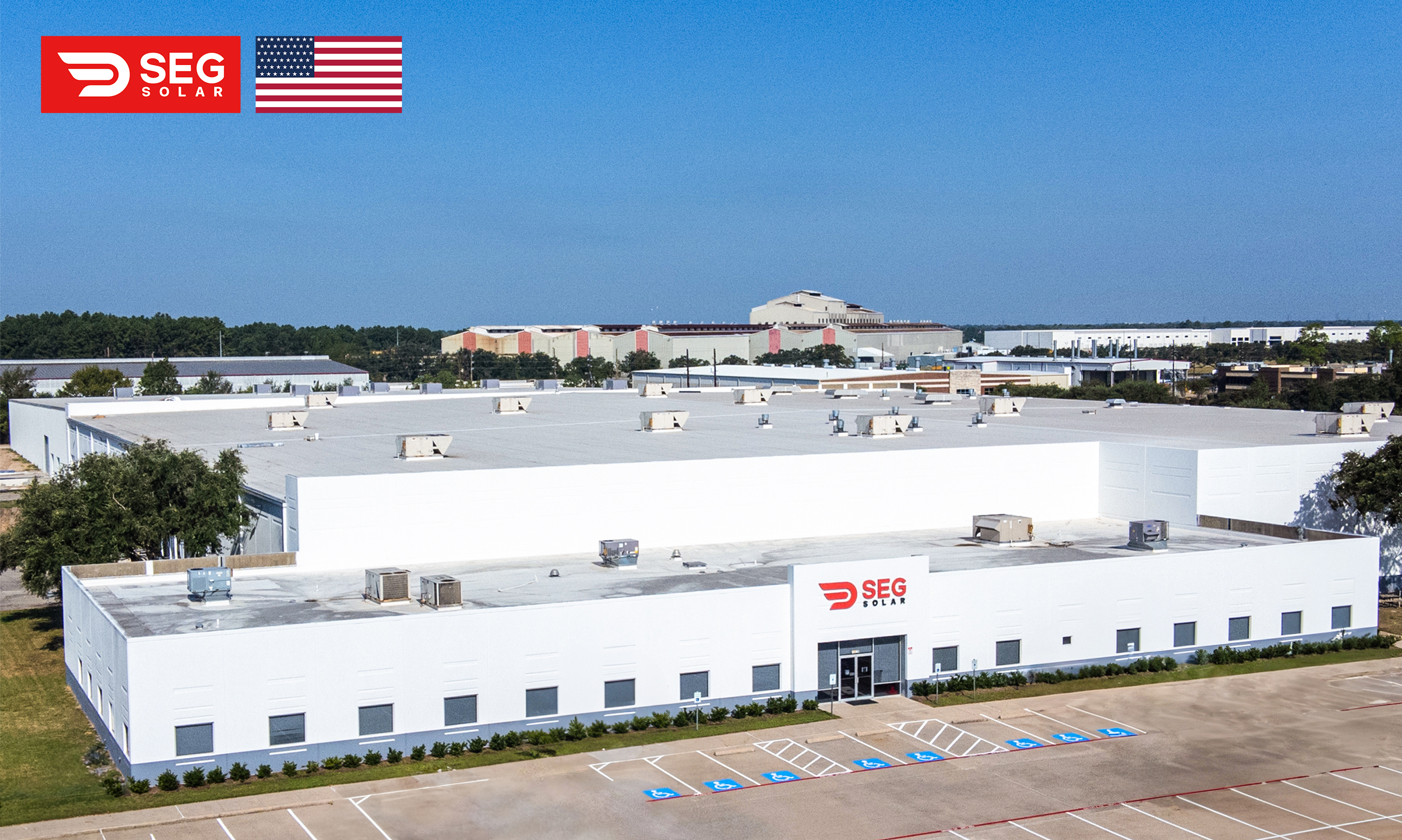
SEG Solar’s Founder and COO, Jun Zhuge, stated $60 million as the price tag for the facilities and equipment in Houston. So, looking at when these decisions were made, what was the indication that the U.S. – and Texas in particular – was a good place to make this investment?
Wood: We began the building process two years ago. There was no Inflation Reduction Act (IRA) at that time. There were some PV supply chain disruptions because of trade policy and Covid-19. So, at that point, we were moving forward with our strategic goal of building a factory here in the U.S. We looked at other areas, such as Virginia and North Carolina and other regions. But when you look at Houston specifically, you have one of the best ports in the country. The labor force is great. You have trained, well-educated people for a lot of the manufacturing labor, as well a great pool of different skills and abilities here. You have a very friendly business atmosphere.
Also, Texas is currently the largest market for new installations this year, and that is expected to continue. By 2027, Texas will actually be the largest market in the U.S. The utility projects are here, the volumes are here, residential markets are here. It’s all working. There really are no local incentives for residential but it's still thriving in this market. Shipping out of Texas is easy and efficient. You have easy access to all of the major trucking and train distribution networks. Again, you have the ports. Look at where the market is going. There are emerging markets in the Central U.S. and Southeast. Florida is a fantastic market for residential. It’s all growing, and being able to supply the market from a central location like Texas makes a lot more sense than trying to supply the market from California, where you're burdened with taxes, additional transportation costs, and other logistical hurdles.
More news
-

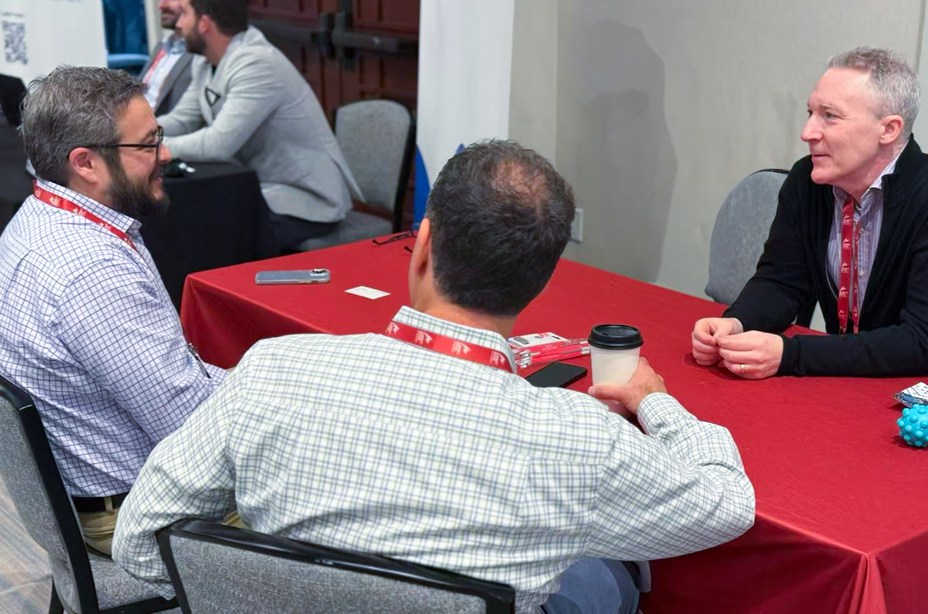 SEG Solar Attends Solar+Wind Finance & Investment Summit Exploring New Investment Opportunities in Renewable EnergyMar 20, 2025
SEG Solar Attends Solar+Wind Finance & Investment Summit Exploring New Investment Opportunities in Renewable EnergyMar 20, 2025 -

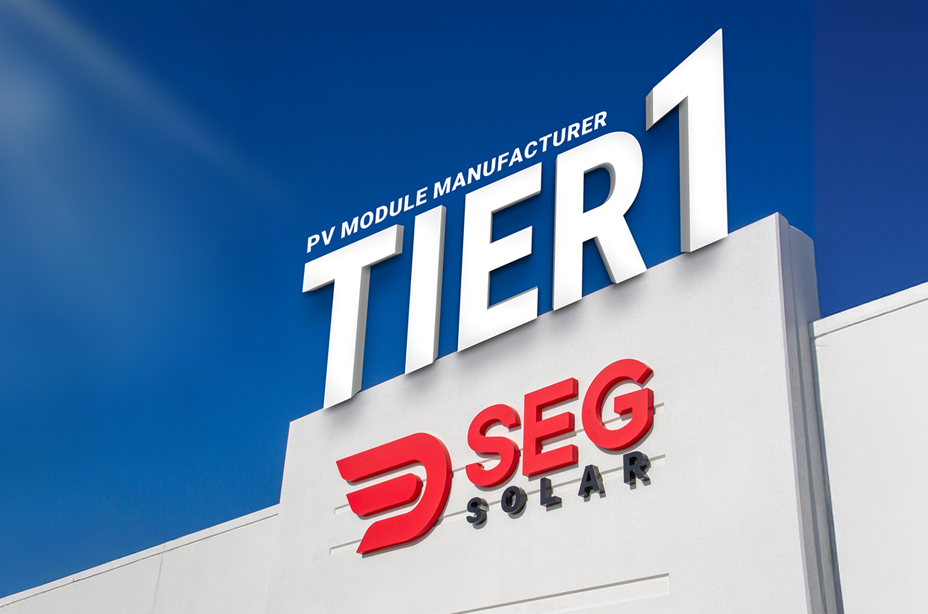 SEG Solar Reaffirms Its Leadership as a BloombergNEF Tier 1 PV Module ManufacturerMar 13, 2025
SEG Solar Reaffirms Its Leadership as a BloombergNEF Tier 1 PV Module ManufacturerMar 13, 2025 -

 SEG Solar Secures PV Magazine ‘Very Good’ Rating with Industry-Leading EfficiencyMar 13, 2025
SEG Solar Secures PV Magazine ‘Very Good’ Rating with Industry-Leading EfficiencyMar 13, 2025 -

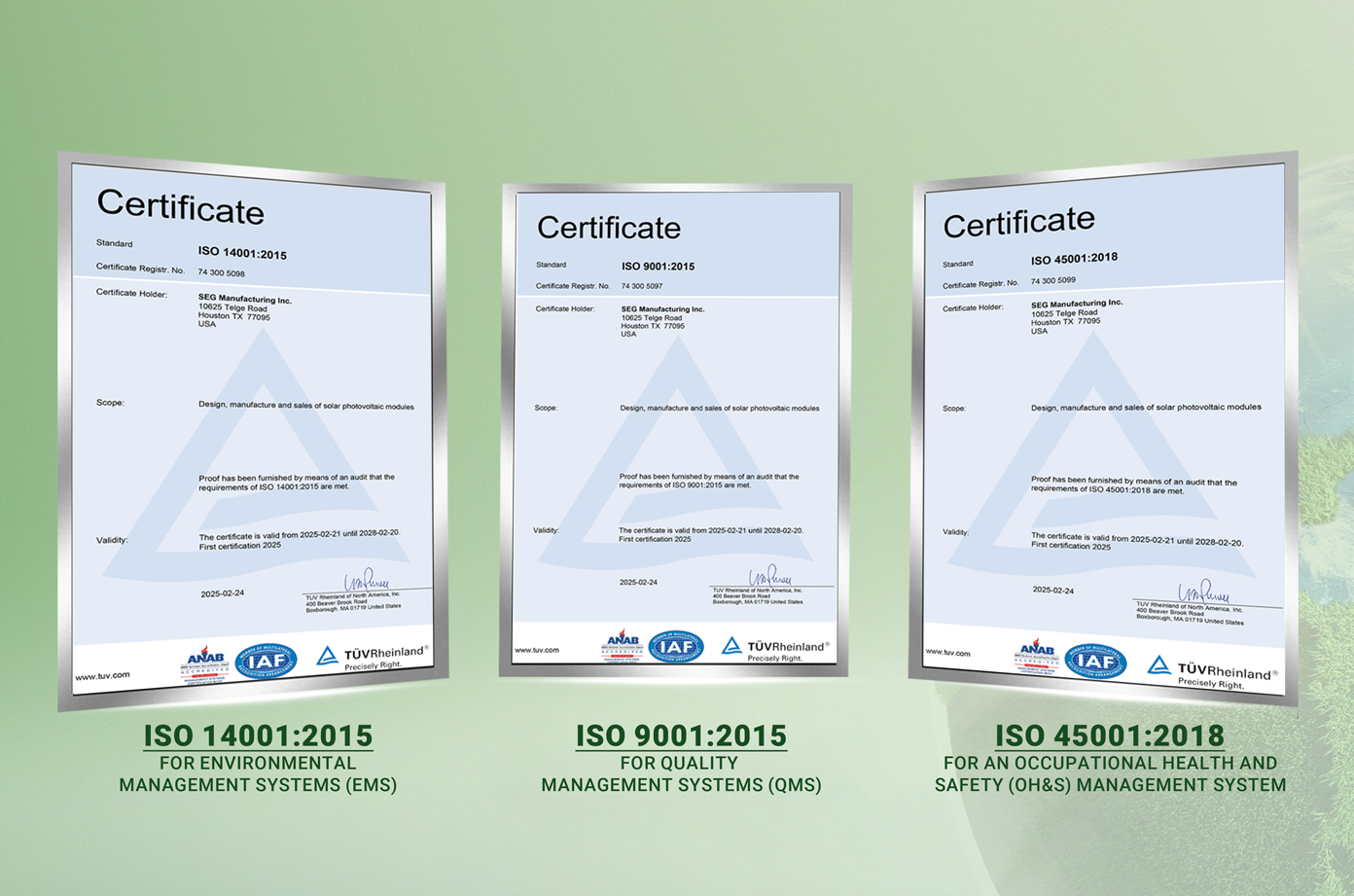 Triple International Certifications: SEG Solar Leads the Photovoltaic Industry with High-Quality DevelopmentMar 05, 2025
Triple International Certifications: SEG Solar Leads the Photovoltaic Industry with High-Quality DevelopmentMar 05, 2025 -

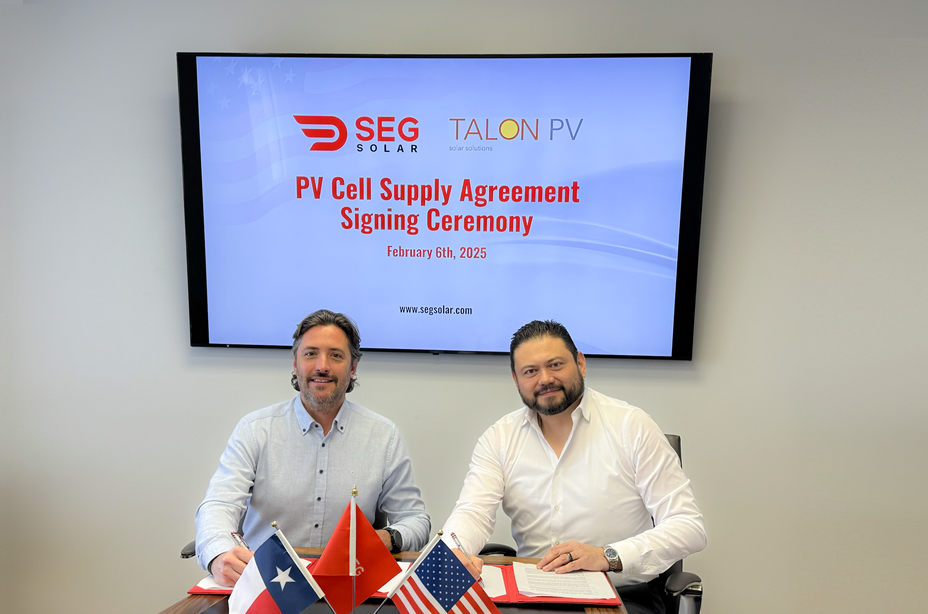 SEG Solar and Talon PV Partner to Lead the Way in American-Made Solar ManufacturingFeb 19, 2025
SEG Solar and Talon PV Partner to Lead the Way in American-Made Solar ManufacturingFeb 19, 2025 -

 SEG Solar Wins EUPD Research "2025 Top Innovation Module Award" in the USAFeb 13, 2025
SEG Solar Wins EUPD Research "2025 Top Innovation Module Award" in the USAFeb 13, 2025






